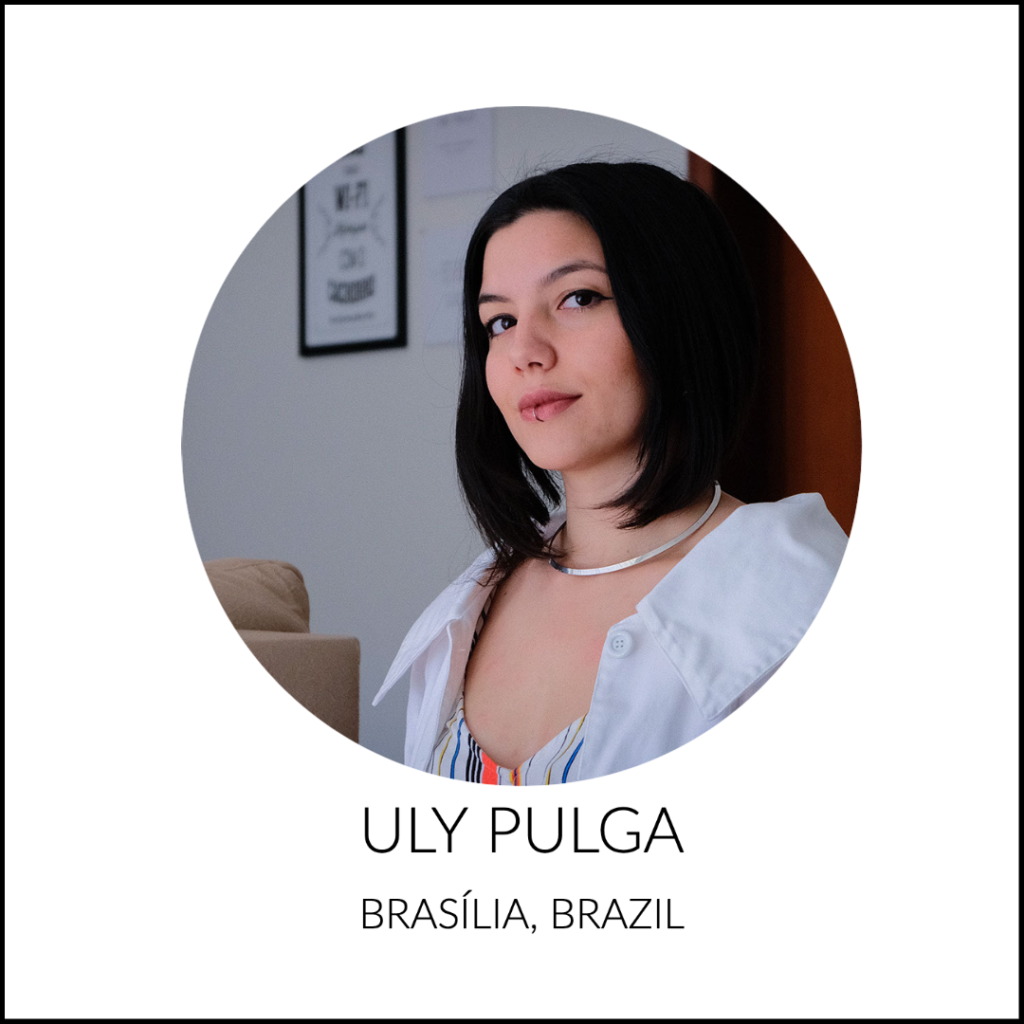
On Jaime Lerner’s ‘Urban Acupuncture’
By Uly Pulga, Brasília Correspondent
Photos by Leandro Lima (LinkedIn // Instagram)
Jaime Lerner
Jaime Lerner was born in Curitiba, Paraná, Brazil, on December 17th, 1937. His parents were Polish immigrants and built their lives and raised their children while managing a clothing store, The House Felix. Curitiba in the 1940’s was different from today and Lerner lived in a period of growth and verticalization of the city. He witnessed the birth of Brasília, the capital of Brazil. This inspired him to become an engineer and after that, an architect and urban planner. As mayor of Curitiba, he implemented urban interventions, dedicated to the pedestrians of the city, which were not well received at first due to the exponential growth of the vehicle market in the country. His career in politics made it possible to change the development of Curitiba as a city for vehicles, to a city for pedestrians. [1]

At the end of the book, the author invites us to become acupuncturists of our own towns and reinforces the need for engagement to be present in the activist society.
Uly Pulga
He leaves his mark as an investor of parks, monuments and great urban infrastructure. It was Lerner who proposed the idea for what we call today the BRT (bus rapid transit), and he brought it to Brazil. He was also the first in Brazil to implement an exclusive pedestrian street [2]. He was elected as the second most influential urbanist in the world, just behind the great Jane Jacobs [3]. Lerner died in 2021 leaving a legacy for Brazil and a life of work for the world.

Urban Acupuncture
Jaime Lerner is first and foremost a flaneur and observer of life in the cities. As a good and dedicated pedestrian, life in the cities doesn’t pass his eyes unnoticed and that is evident in his book. Through ‘Urban Acupuncture’, it is possible to see how he sees.
His role as a passionate urban planner gives him the lens to see the things that ordinary people can’t, like the importance and relevance of nocturnal commerce for locals; the relevant connection that should be established between inhabitants and the neighborhoods and eventually the whole city; and the protection of parks and rivers of cities through this connection.

In his book, Lerner often proposes entertaining and simple solutions that are easy to practice in everyday life: “Start with very simple things: separate your organic from recyclable waste and use your car less.” He also illustrates the real connection that the people must cultivate to maintain a better connection with the cities that they are living in.
In his many comparisons, Lerner compares congested roads to bad cholesterol. The funny and curious comparison brings reflections concerning the wealth of our cities. Maybe what we really need is a good diet, light in vehicles. As the author himself says: “…public transportation in the itineraries of every day. This is the good cholesterol”.

At the end of the book, the author invites us to become acupuncturists of our own towns and reinforces the need for engagement to be present in the activist society. The city is made by people for people, the people represent their cities, the monuments are made by people’s hands and all of this brings identity to all visitors who see and admire it. This also creates an urban collective memory for all.

Urban Acupuncture is not a technical book but has this simplicity that makes it possible for anyone to read. Lerner democratizes urbanism and translates what belongs to the people for the people.
[1] S. B. Silva, Pedro Jaime Lerner Arquiteto: 1962-1971. Pedro S. B. Silva; Advisor Hugo Segawa. – São Paulo, 2018. 180p
[2] Archdaily Brasil. Jaime Lerner, Influente urbanista brasileiro, morre aos 83 anos. 27 may 2021
[3] Archdaily Brasil. Jaime Lerner é eleito o segundo urbanista mais influente de todos os tempos. 06 april 2018.

A graduate of Architecture and Urban Planning, Uly is also a designer and urban sketcher. She currently works as an Architect and is also pursuing her Master’s in Urban Planning, focused on better understanding how life works in cities.
Read Brasília, Brazil Correspondent Uly’s content here
Learn more about the Global Walkability Correspondents Network here

